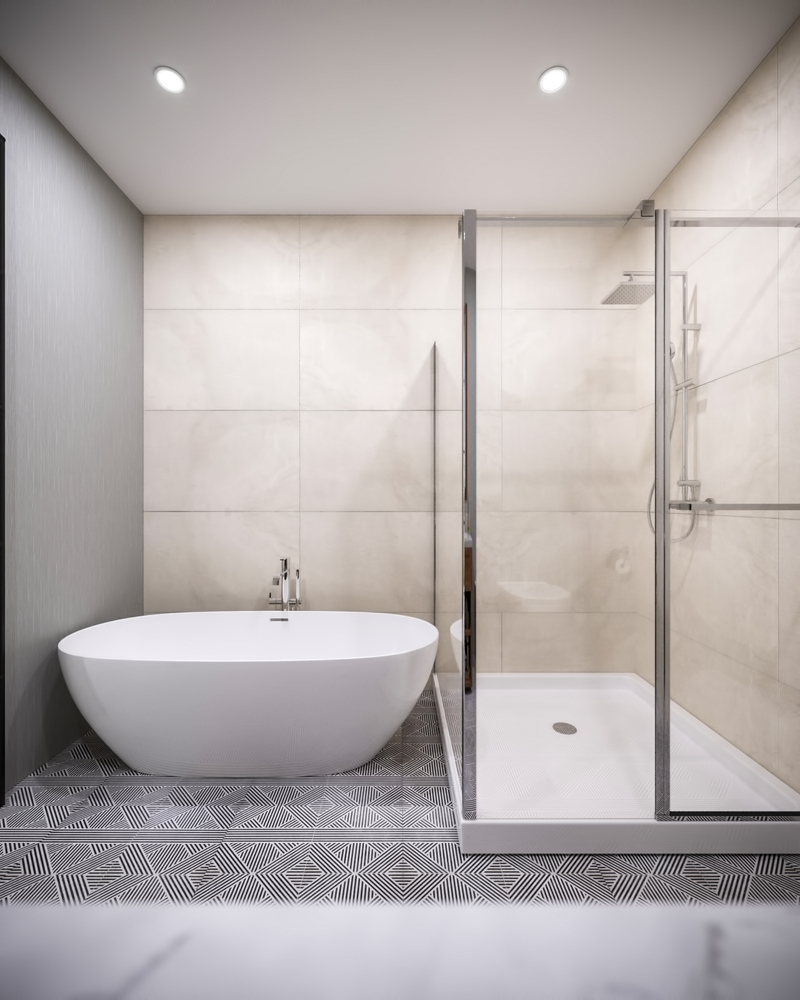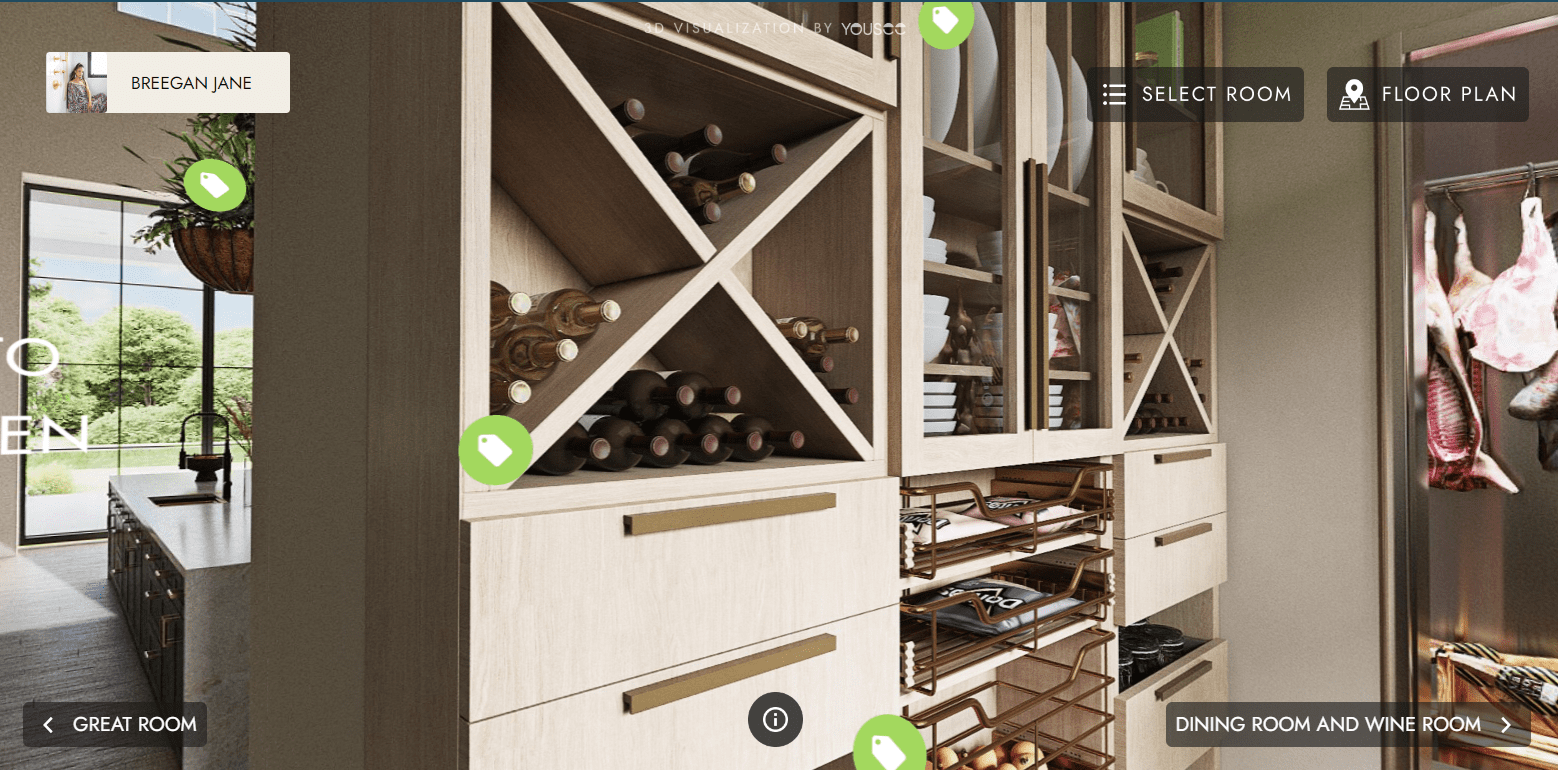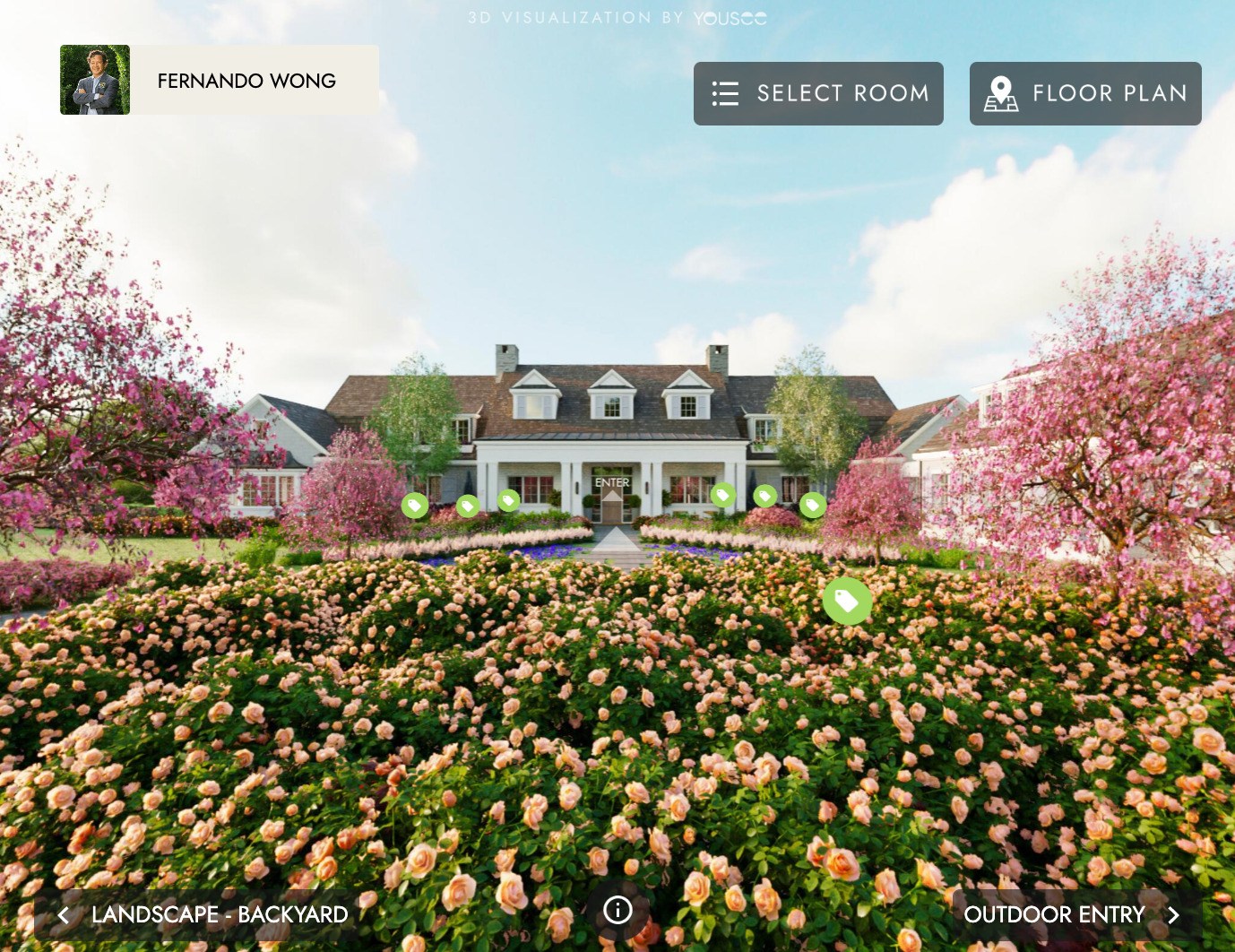Redefining Furniture Shopping: The Impact of 3D Virtual Showrooms
In the rapidly evolving retail domain, the rise of 3D virtual showrooms marks a significant shift, particularly in the furniture industry, transforming traditional shopping and product exploration into an immersive digital experience. These innovative platforms transcend the conventional confines of online browsing by offering a more interactive and engaging environment. Unlike typical e-commerce websites, 3D virtual showrooms enable customers to navigate a digitally created space that closely simulates the physical shopping experience within a virtual world.

Image from Yousee Studio
The genesis of virtual showrooms in the furniture sector has its roots in early online shopping interfaces. It has advanced considerably with the progression of 3D graphics and virtual reality (VR) technology. The evolution of these technologies has empowered furniture retailers to craft more realistic and captivating shopping environments. This has unlocked new avenues for displaying a wide array of furniture products in once-impossible ways, providing customers with a comprehensive view of furniture items in a fully immersive setting.
The Impact of 3D Showrooms on Furniture Shopping
The emergence of 3D virtual showrooms has led to a noticeable change in consumer behavior within the furniture industry. Customers now seek engaging and interactive experiences beyond static images and descriptions on e-commerce sites. Virtual showrooms meet this demand by offering a dynamic, immersive furniture shopping experience. For example, customers can virtually place furniture in their homes to see how it fits and complements their space, significantly enhancing decision-making.
Advantages for Retailers and Consumers
For furniture retailers, virtual showrooms present a plethora of advantages. They provide a platform to showcase furniture in a detailed and interactive manner, potentially leading to increased customer engagement and higher sales. Furthermore, these virtual spaces are not limited by physical constraints, allowing retailers to exhibit an extensive range of furniture without needing large showroom spaces.
Consumers benefit from the convenience and accessibility of virtual showrooms. They can explore various furniture options from the comfort of their homes, eliminating the need to visit physical stores. This advantage became particularly crucial during the global pandemic, where staying in physical stores was often not feasible.
Case Studies of Successful Implementations
Many furniture companies have successfully integrated virtual showrooms, enhancing customer engagement and boosting sales. For instance, IKEA’s virtual showroom allows customers to place furniture in a virtual representation of their homes, aiding them in visualizing how products would fit and look in their spaces. This innovative approach has significantly improved customer satisfaction and increased sales.
The Technology Behind Virtual Showrooms
3D Modeling and Rendering
The core of a virtual showroom is built on 3D modeling and rendering technologies. These technologies enable the creation of realistic furniture models and environments that closely resemble their real-world counterparts. Advanced rendering techniques, such as ray tracing, provide lifelike lighting and shadows, making the virtual furniture almost indistinguishable from their physical versions.
Virtual Reality (VR) and Augmented Reality (AR) Integration
Integrating VR and AR technologies has elevated virtual showrooms to a new level. VR allows customers to immerse themselves in a completely virtual environment, enhancing the sense of presence and engagement. AR, on the other hand, overlays digital information in the real world, enabling customers to see how furniture would look in their actual surroundings. These technologies create a more interactive and personalized shopping experience.
Software and Platforms Enabling Virtual Showrooms
Various software platforms and tools facilitate the creation and operation of virtual showrooms. Platforms like Autodesk’s 3ds Max and Unity are commonly used for 3D modeling and creating virtual environments. ARKit by Apple and ARCore by Google are famous for developing AR experiences. These technologies are continually evolving, making virtual showrooms more accessible and easier to implement for furniture retailers of all sizes.
User Experience in Virtual Showrooms
Navigating 3D Spaces
A vital aspect of a virtual showroom is the ease of navigation within the 3D space. The interface is designed to be intuitive, allowing users to move around and explore furniture just as they would in a physical store. Advanced features like voice commands and gesture controls can enhance the navigation experience, making it more natural and engaging.
Interactivity and Engagement Features
The level of interactivity in a virtual showroom is crucial for its success. Features such as the ability to change product colors, textures, and configurations in real time allow customers to customize furniture to their liking. Additionally, interactive elements like videos, 3D animations, and clickable hotspots provide more information and engage customers more deeply with the furniture.

Image from Yousee Studio
Personalization and Customization Options
Personalization is another important aspect of the user experience in virtual showrooms. Leveraging data and analytics, retailers can offer personalized recommendations and experiences tailored to individual customers. This customization improves the shopping experience and helps build a stronger connection between the brand and the customer.
Business Models and Monetization Strategies
Subscription and Licensing Models for Retailers
Virtual showrooms offer various business models for furniture retailers. A common approach is the subscription or licensing model, where retailers pay a recurring fee to use the virtual showroom platform. This model provides a cost-effective way for businesses to adopt this technology without significant upfront investment.
Advertising and Sponsorship Opportunities
Virtual showrooms also open up new opportunities for advertising and sponsorships. Brands can place ads within the virtual environment or sponsor specific sections or features of the showroom. This generates additional revenue for the showroom provider and offers a unique brand advertising platform.
Analytics and Data Collection for Market Research
The data collected from virtual showrooms is invaluable for market research. Retailers can track user behavior, preferences, and interactions within the showroom to gain insights into customer needs and trends. This data can be used to improve product offerings, marketing strategies, and overall customer experience.
Challenges and Limitations
Technical Challenges and User Accessibility
While 3D virtual showrooms are revolutionary, they also come with their own set of challenges. One significant barrier is the technical requirement for both retailers and consumers. Creating a high-quality virtual showroom demands sophisticated software, hardware, and technical expertise, which can be a significant investment. On the consumer side, accessing these virtual spaces often requires a stable internet connection and sometimes specific hardware, like VR headsets, which may only be readily available to some.
Overcoming Skepticism and Building Trust
Another challenge lies in overcoming consumer skepticism. Traditional shopping allows customers to physically touch and feel furniture products, an aspect that currently needs to be improved in virtual environments. Hence, building trust in the accuracy and quality of the products presented virtually can be a hurdle. Retailers must ensure high fidelity in their 3D models and offer comprehensive product information to build this trust.

Image from Yousee Studio
Future Trends and Potential Solutions
Looking ahead, solutions like enhanced interactivity, integrating sensory feedback (like haptic technology), and improving the realism of virtual environments are being explored. These advancements could address some of the current limitations and enhance the overall effectiveness of virtual showrooms.
The Future of Furniture Shopping and Retail
As technology continues to evolve, the potential long-term impacts of virtual showrooms on consumer habits and the furniture retail industry are vast. The convenience, personalization, and unique experiences virtual showrooms offer will likely shape future furniture shopping behaviors.
One of the most exciting prospects is the potential integration of AI and machine learning. These technologies could offer even more personalized shopping experiences, with AI algorithms suggesting furniture products based on consumer behavior, preferences, and past purchases. This level of personalization could redefine how consumers shop for furniture, making it more efficient, enjoyable, and tailored to individual needs.
Furthermore, the environmental impact of virtual showrooms must be addressed. With an increasing focus on sustainability, virtual showrooms present an eco-friendly alternative to traditional retail. By reducing the need for physical space and the associated energy consumption and potentially cutting down on travel for shopping, virtual showrooms could contribute significantly to reducing the carbon footprint of the furniture retail industry.
Final Thoughts and Predictions
In conclusion, 3D virtual showrooms represent a significant leap in furniture retail and e-commerce evolution. They offer an immersive and interactive shopping experience that bridges the gap between online and in-store shopping. While challenges must be addressed, the potential benefits for retailers and consumers are immense.
As technology advances, we can expect virtual showrooms to become more realistic, accessible, and widespread. They are not just a passing trend but a glimpse into the future of retail – a digital, interactive, and personalized future.
In sum, 3D virtual showrooms are more than just a technological innovation; they are reshaping the very nature of furniture shopping and retail. They offer a new realm of possibilities for retailers to connect with consumers, for customers to explore and engage with products, and for the industry to grow in a more sustainable, efficient, and exciting direction.
Contact us at YouSee Studio for captivating 3D renderings and immersive virtual experiences.
Ray Lisbon is a content writer and the author of this article.



